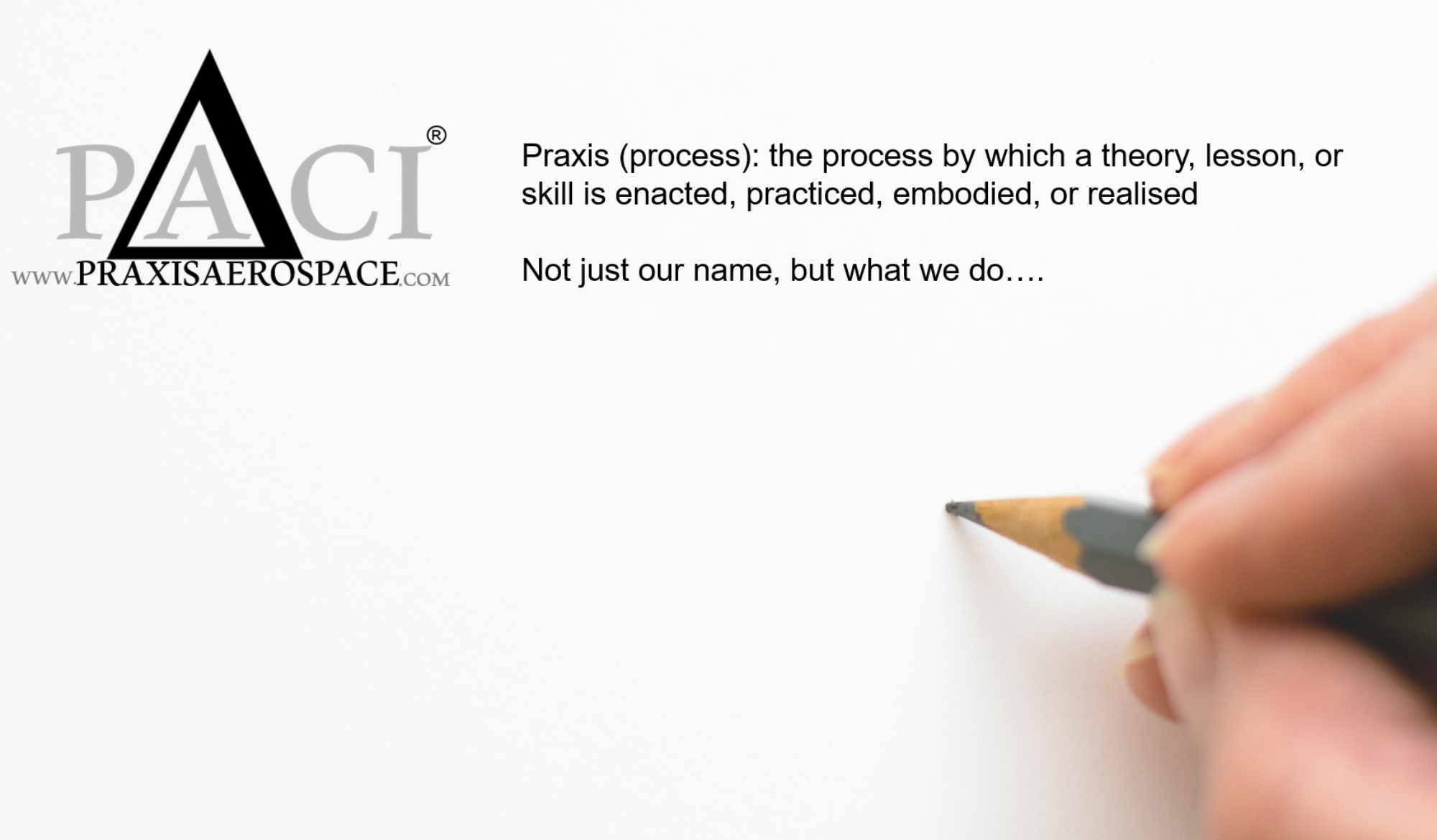Montréal, 1 March 2021 – During its ongoing 222nd Session, the ICAO Council today adopted new and amended Standards and Recommended Practices (SARPs) driving important progress on the international safety and interoperability of remotely piloted aircraft systems (RPAS).
The new provisions will become effective on 12 July 2021, and applicable as of 26 November 2026. The most important pertain to Annex 8 — Airworthiness of Aircraft to the Chicago Convention, and cover certification requirements for remotely piloted aeroplanes and helicopters, in addition to the remote pilot stations (RPS) they are operated from.
The latest RPAS progress required minor modifications to Annexes 1 (Personnel Licensing) and 2 (Rules of the Air) of the Convention, and will eventually be supported by more substantial Annex 2 changes already in development. Previous Annex 1 Standards adopted by the Council in 2018 introduced a regulatory structure for the issuance of remote pilot licences for applicability as of November 2022.
Further information is available here



